Argonne team combines two protein complexes to make hydrogen fuel from water
Green Car Congress
JANUARY 11, 2019
Researchers from the US Department of Energy’s (DOE) Argonne National Laboratory have combined two membrane-bound protein complexes to perform a complete conversion of water molecules to hydrogen and oxygen. Poluektov (2018) “Z-scheme solar water splitting via self-assembly of photosystem I-catalyst hybrids in thylakoid membranes” Chem.













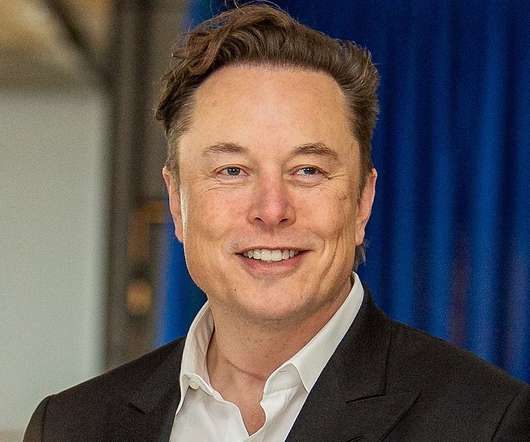



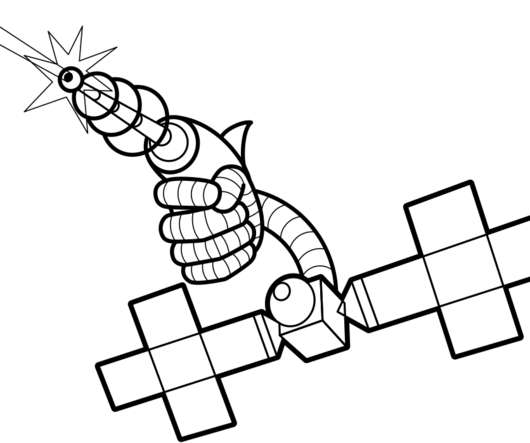
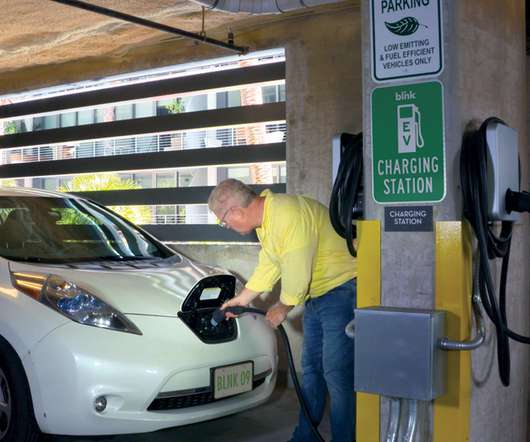



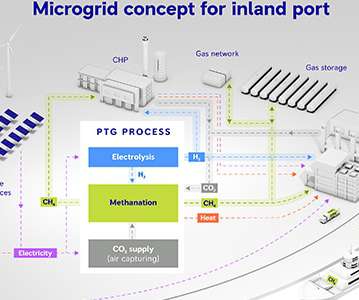

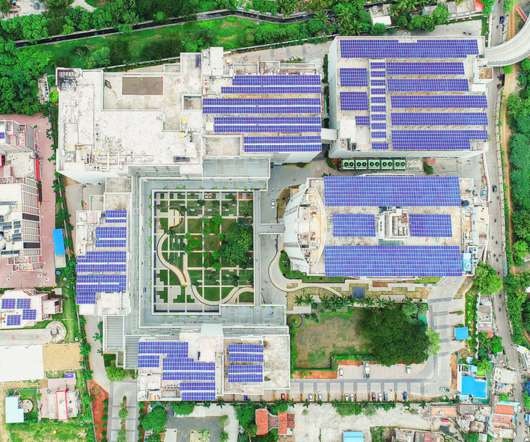





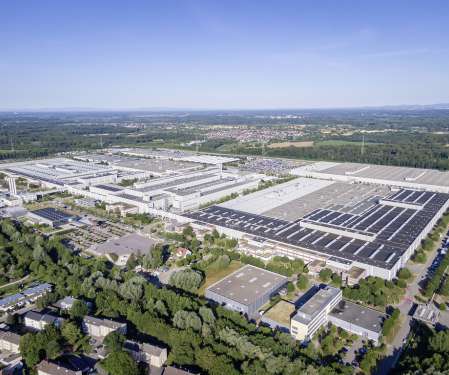
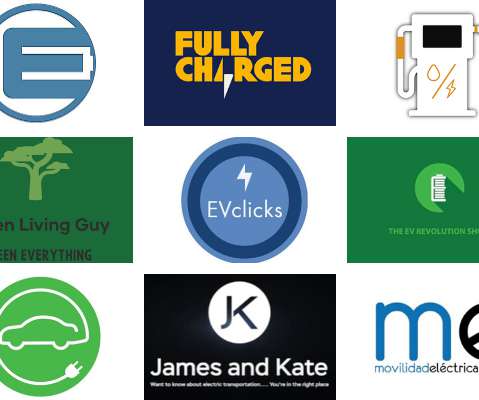



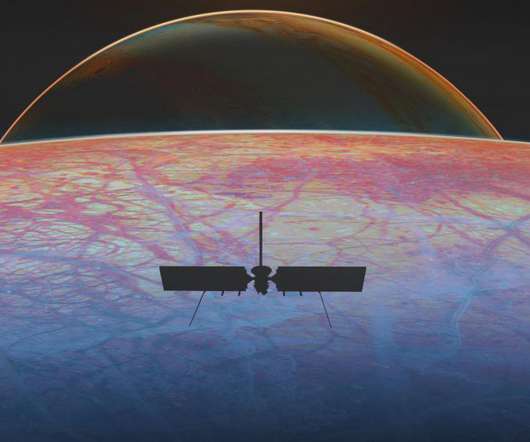








Let's personalize your content